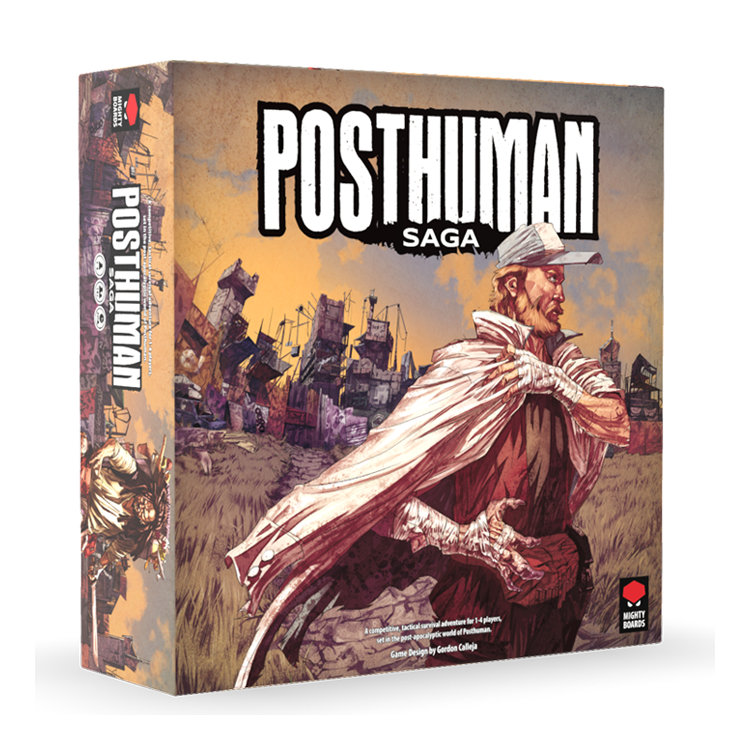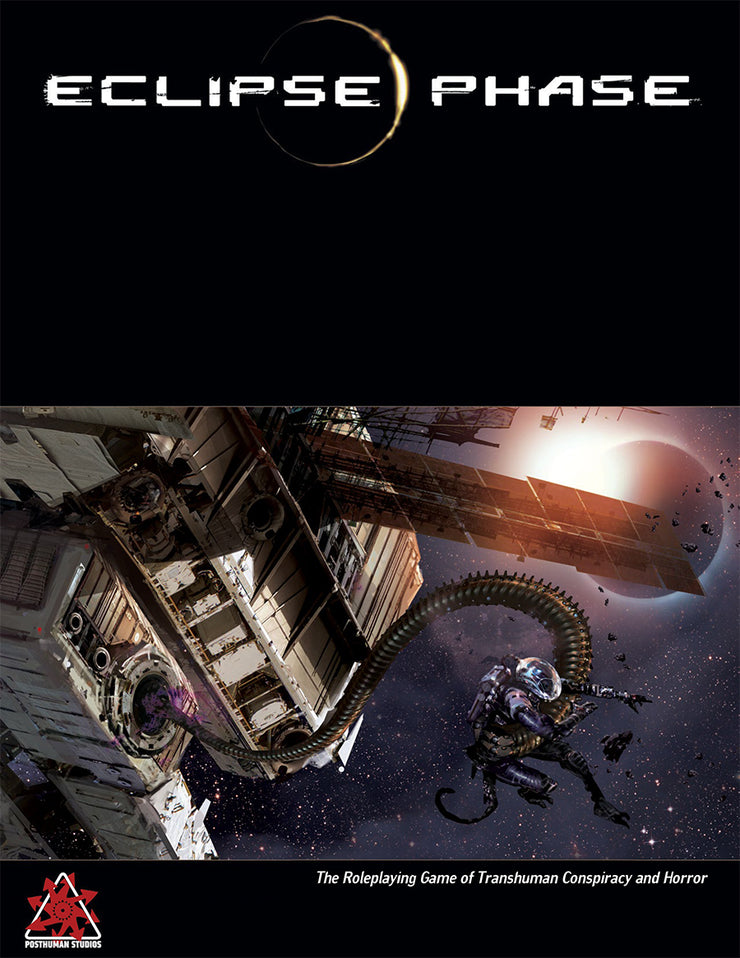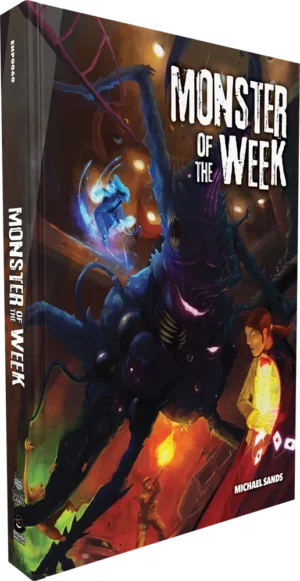Posthuman Saga Science Fiction; Cyberpunk; Bleak; Character Customization; Resource Management; Exploration-Driven
This report provides a detailed overview of the tabletop roleplaying game 'Posthuman Saga', focusing on its theme, setting, core mechanics, unique aspects, target audience, and player experience. The analysis is based on available sources, highlighting the game's cyberpunk, bleak, and exploration-driven nature, along with its emphasis on character customization and resource management.
Theme and Setting
Posthuman Saga immerses players in a bleak, post-apocalyptic world tinged with cyberpunk elements. The setting reflects on themes of human evolution and its profound impact on society after a cataclysmic event. Survival is paramount as players navigate environments where civilization has collapsed, encountering strange and memorable characters while facing constant, unknown threats. The game's narrative explores the consequences of mutation and adaptation in a world forever altered.
Core Mechanics and Rules
The game utilizes the 'Story Arc System,' derived from the Shadows of Esteren RPG. This system emphasizes roleplaying and character evolution. Posthuman Saga is a tactical survival adventure with RPG elements. Players lead characters, foraging for resources like food, ammo, and weapons to survive. Core gameplay focuses on exploration, resource management, and navigating story encounters. The mechanics emphasize the development of characters into tougher explorers while facing the risk of debilitating mutations.
What Makes It Unique
Posthuman Saga's uniqueness lies in its blend of tactical survival and RPG elements within a thematic universe that explores human evolution and its societal effects. The game stands out by using the 'Story Arc System', which focuses on character development and narrative-driven gameplay within a post-apocalyptic setting. The integration of resource management, exploration-driven gameplay, and the constant threat of mutation creates a distinct and challenging player experience. Its origin as a board game further distinguishes it, showcasing its rich universe being adapted to the TTRPG format.
Target Audience and Player Experience
The target audience includes fans of post-apocalyptic, cyberpunk, and science fiction themes, along with those who enjoy character customization and resource management in their RPGs. Players can expect an immersive and challenging experience focused on survival and exploration. The game fosters a sense of discovery as players develop their characters into resilient explorers, navigating unexpected situations and learning the ways of the Wilds. Player experience centers on making strategic decisions, managing resources effectively, and adapting to the unpredictable nature of a world reshaped by mutation and conflict.



